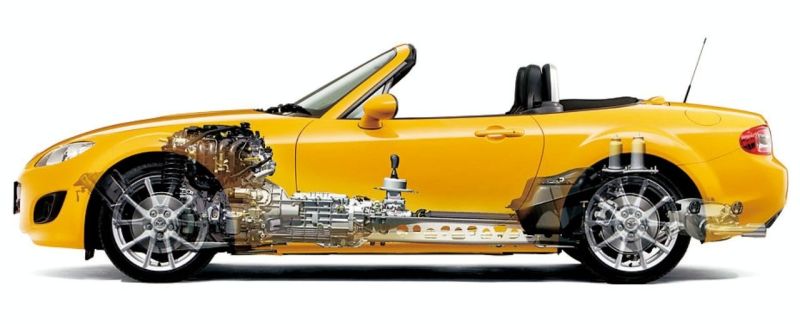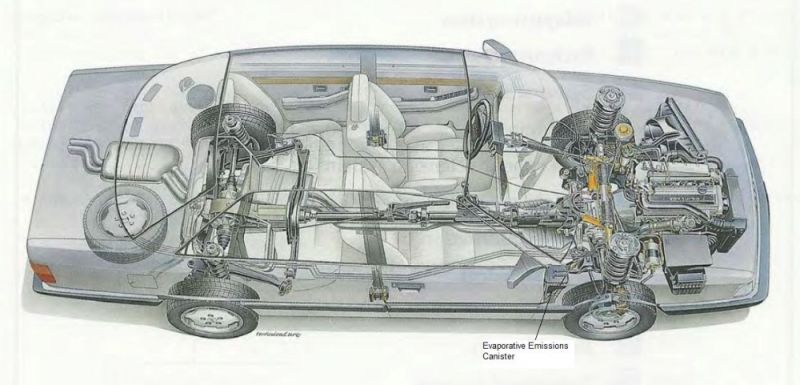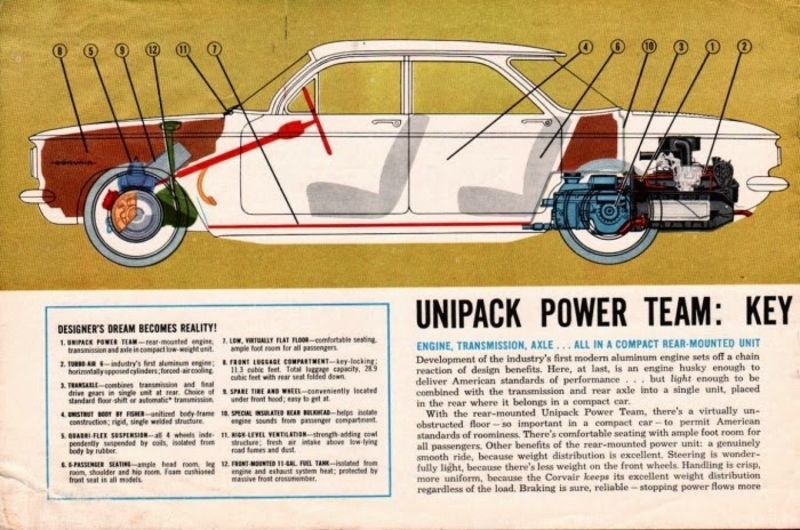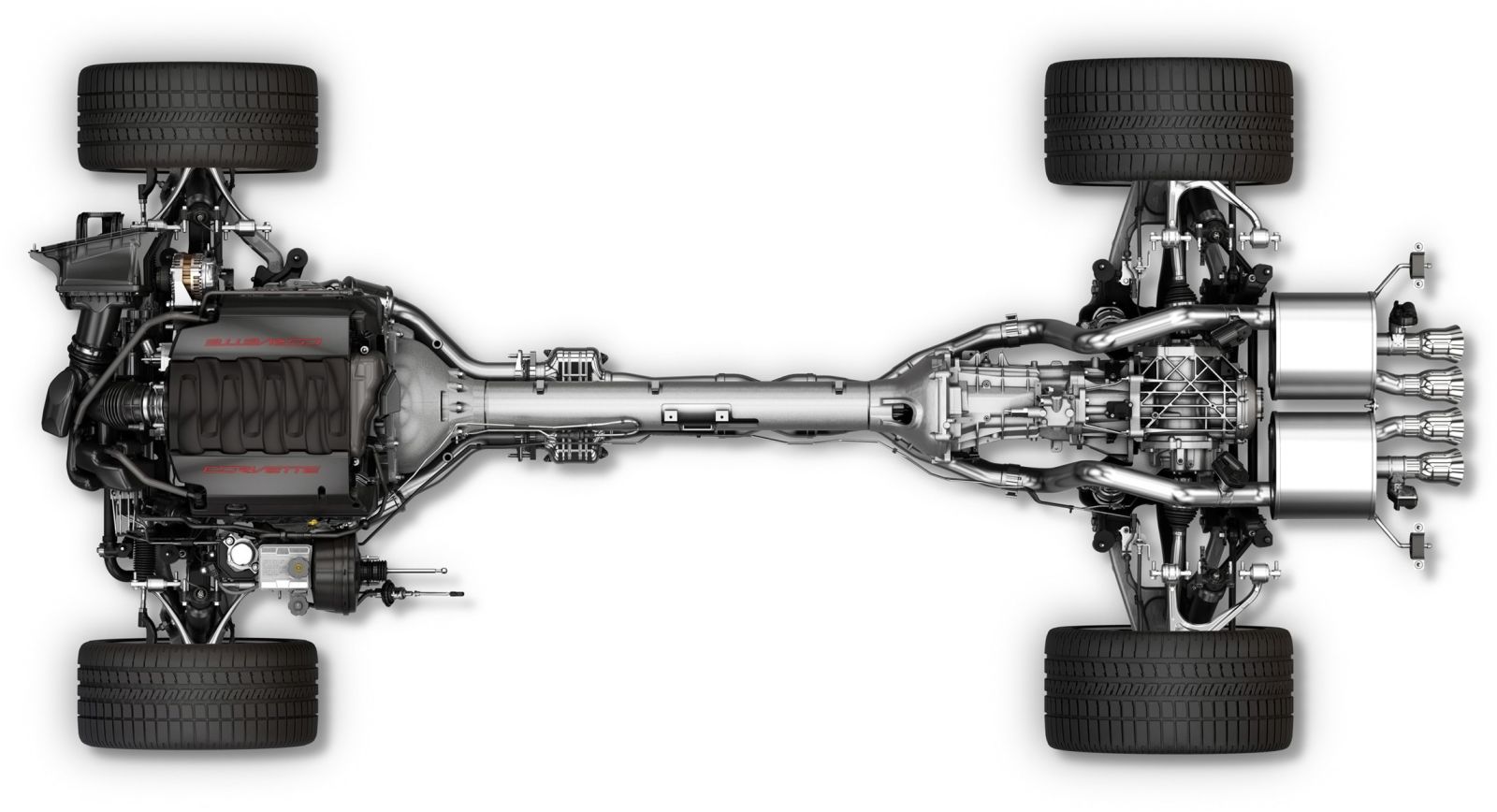
Is it merely splitting hairs to call a car “front/mid-engined”? Is that not just a variation of front-engined layouts? I believe that front/mid-engine layouts do exist, and they’re a LOT more common than most people realize...
For the longest time, I thought of front/mid-engine cars as not being appreciably different enough from a regular front-engine layout to earn their own category. It seemed like just some BS excuse to try to explain what makes certain sports cars so special.
But my argument was based on the wrong thing. I was too hung up on the compartment order (engine compartment - passenger compartment- cargo compartment) that I was losing sight of the fact that the definition was supposed to be about engine location in relation to the chassis.

Not just the chassis itself, but where the engine is, in relation to the wheels. A front-engined car has the engine ahead of the front “axle”. Rear-engined cars follow a similarly obvious rule. And if the engine is between the front and rear wheels, well then it’s mid-engined. Duh.

But what does it mean to combine two of these categories? How can a car be both front-engined and mid-engined at the same time? An engine can (and often does) straddle the front axle. So how do you determine whether it’s front, mid, or front/mid?

You HAVE to draw the line somewhere. But where? Does the engine have to be completely, distinctly behind the front wheels (like a Previa) to qualify as mid-engined? Can you not overlap the wheels, just a little? How much of the axle does it have to be behind? I can think of no better place to draw the axle line than the centerline of the wheels.
Ah, but how much of the engine has to be behind that point to qualify? The whole thing? What about the drive belt(s) and accessories? Does it no longer count as front/mid if one lousy inch of the block hangs over the wheel centerline?
Well that doesn’t seem fair at all. If most of the mass is concentrated between the front and rear axles, how can that not be (at least partly) mid-engined?

Besides, why do we even have these categories? Why do we obsess over there being a difference between front-engine and front/mid-engine at all? It’s about weight, isn’t it? The engine weighs a lot, and the location of that mass matters. When we talk about mid-engined cars as having better inherent balance than front-engined cars, we’re talking about weight distribution. Putting the bulk of that mass behind the front wheels (or ahead of the rear wheels) grants a distinct advantage. So much so, that these layouts deserve their own category.
There are so many different cars, with so many variations of where the engine is in relation to the wheels, that you’ve got to draw the line somewhere. And I can’t think of a better place to draw that line than wheel centerline and engine block centerline. Yes, we could get into center-of-mass, taking the accessories into account, but we could just as easily start talking about transmission placement too. Since we’re not discussing front- or rear-transmissioned cars, it’s a lot simpler to just focus on the engine and look for the center of the block instead.
And look, I feel just as weird about calling my pickup truck “front/mid-engine” as you probably do. I have no interest in bragging about my plain old truck as being something special just because six out of eight cylinders happen to fall behind the front axle centerline.
In fact, that’s exactly what I’m trying to avoid here. “Mid-engined” and “front/mid-engined” are not special terms set aside exclusively for sports cars. These only describe engine location, nothing more. There are probably a surprising amount of cars that are at least partially mid-engined. Some cars are just more mid-engined than others.

But what exactly does it mean to say that a car is front/mid-engined, as opposed to front or mid? If the centerline of the block and the centerline of the axle are used to pinpoint the exact location as front, mid, or rear, then why do we have to concern ourselves with an overlap that we have the precision to avoid?
Because the order of compartments still matters. Even if the engine is technically mid-ship, it rarely gets to be at the actual middle of the car. That spot is often already taken by the passenger cabin, which has pretty good reasons for being in the middle of the car itself. In most cases, the engine MUST fall either behind, or ahead of the driver.
Is it still mid-engined? Sure it is. But the placement of the engine in relation to the driver is an important-enough factor to warrant separate categories (or perhaps sub-categories). We can say “mid-engine” in conversation, but it instantly begs the question of where it is in relation to the driver. “Front/Mid” and “rear/mid” clears that up before anyone has a chance to ask for clarification.
I have an unproven hunch that if my pickup truck makes an effort to be partially mid-engined, then this is probably a lot more common than I thought. Maybe there just aren’t that many cars anymore that are truly front-engined, with the bulk of the engine ahead of the front wheel centerline.
After all, automakers have already caught on to the benefits of cold air intakes, to the point where aftermarket CAIs are all but obsolete now as a performance modification because modern cars already come with intake tubes that draw air from outside the engine compartment. In the same way, I wouldn’t be surprised if they’ve been turning regular cars into mid-engined ones right under our noses in the interest of compact packaging and improved weight distribution.
Is your car mid-engined? Check and see. You might be surprised.